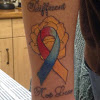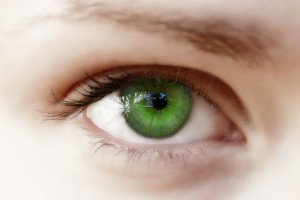Children with ASD commonly have characteristic deficits in social-emotional reciprocity, nonverbal communication such as facial expression, gestures, eye contact, joint attention tasks, and rote and imaginative play, which can negatively impact their ability to orient and attend to social tasks, and engage in socializing. For many, eye contact skills are an important skill necessary for the development of social, cognitive, and language skills.
Several strategies have been found to be effective for increasing eye contact in children with ASD. Researchers have found that interventions during play, such as withholding items until the child requests them while making eye contact, reinforced the child’s behavior toward making eye contact. Strategies during play have also been used to increases eye contact in a child with ASD. These strategies include placing one’s face by a toy the child is interested in, imitating the child’s actions, or putting a preferred item out of reach and waiting for the child to make eye contact. Research has found that parents who imitated their child’s actions and used a preferred activity to engage the child, such as singing to them or wrapping them in a blanket, improved eye contact throughout the length of the parents’ interactions with their children. Other parental strategies include the use positive affect such as laughing, clapping, playful tones, and physical affection.
Through this study it is hoped that there will be a better understanding of the type of strategies (e.g., language, touch, auditory, visual-technology, object, exaggerated body placements, or other strategies) that improve eye gaze and eye contact. A benefit of this study will be to provide occupational therapists and other professionals, working with families of children with ASD, the ability to develop treatment plans according to what caregivers have found to be successful for decreasing visual perseveration and increasing eye contact.
If you or anyone you know are interested in participating in this study, please follow the link below:
https://www.surveymonkey.com/s/ASDparentstrategies
Thank you for your time.
Laura Perez, Macy Rhea Crenshaw, Divya Sakaria



